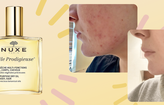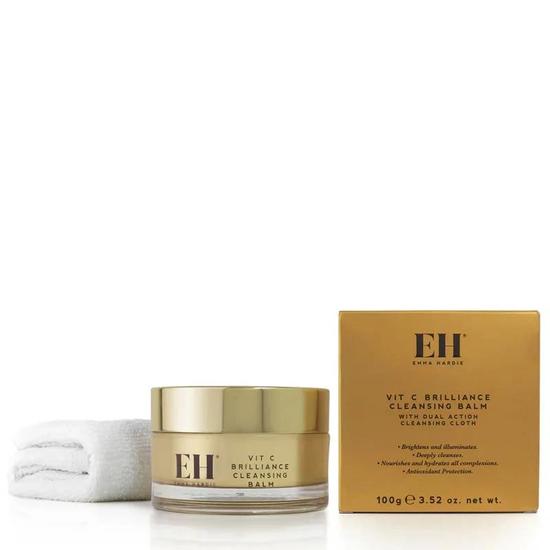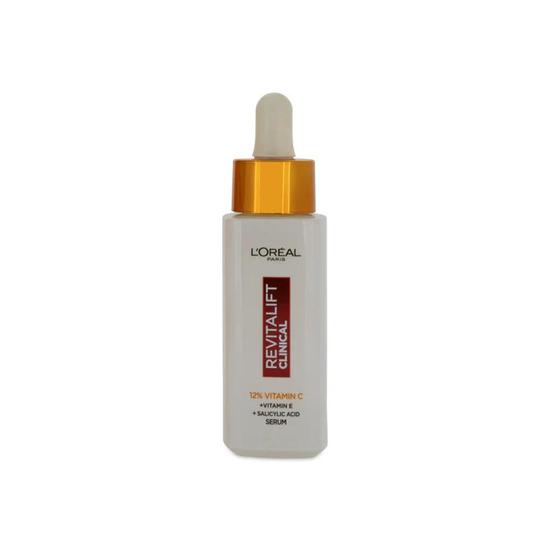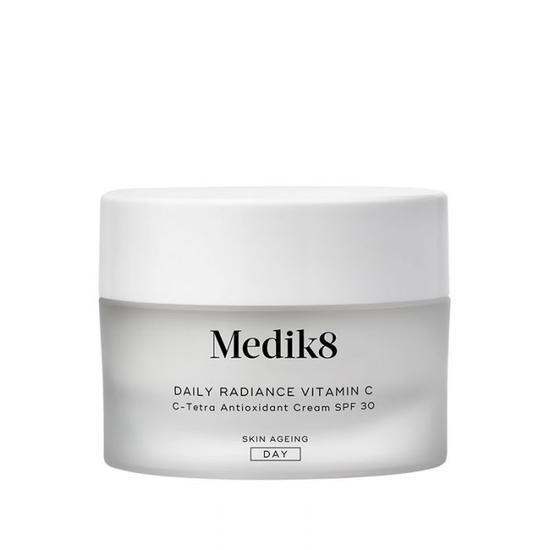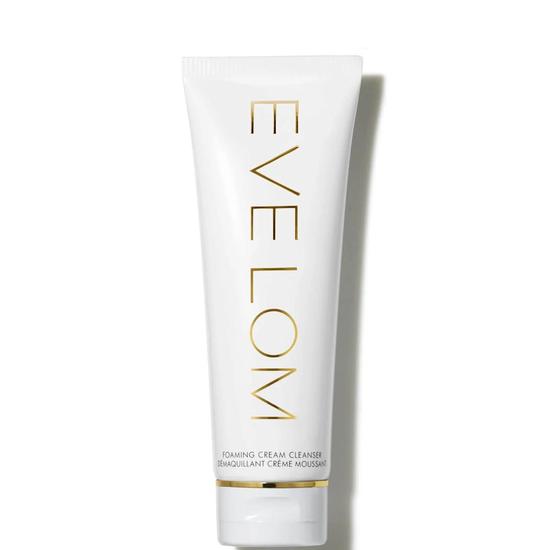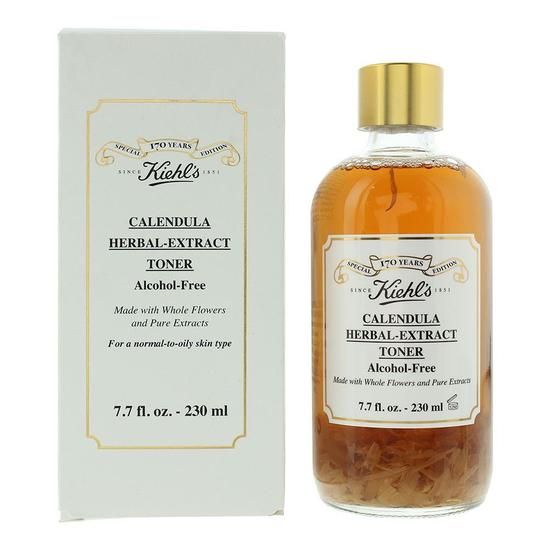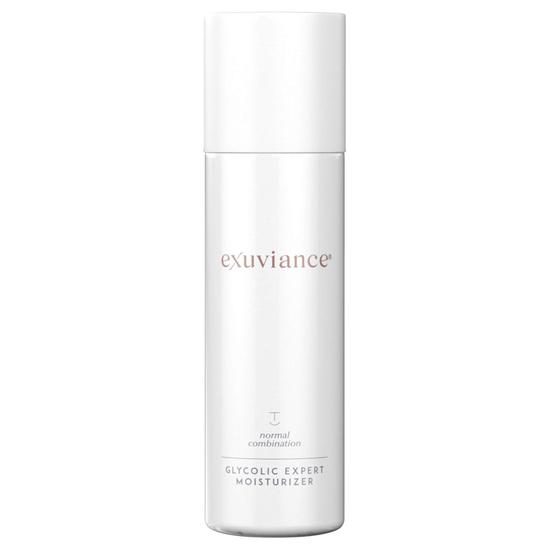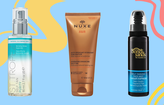
- Skin
- Glycolic Acid With Vitamin C
Can You Use Glycolic Acid With Vitamin C?
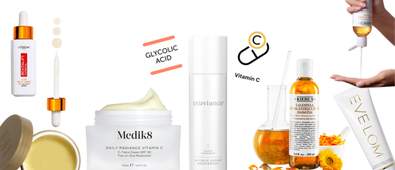
Can You Use Glycolic Acid With Vitamin C?
Timing and method matter.
Glycolic acid and vitamin C are two powerhouse skincare ingredients—each celebrated for its skin-brightening and smoothing abilities. When used correctly, they can transform dull, uneven skin into a more radiant, healthy-looking complexion. But while both ingredients work wonders on their own, combining them requires careful consideration.
Applying glycolic acid and vitamin C at the same time can overwhelm the skin due to their acidic nature. This can result in redness, stinging, or dryness—especially for those with sensitive skin or a compromised barrier. However, with the right application strategy—such as alternating usage, applying at different times of day, or choosing specially formulated products—you can enjoy the benefits of both with minimal risk of irritation.
👉 Already know the benefits of each ingredient?
Jump To Routine
What Does Glycolic Acid Do For Skin?
Glycolic acid is a water-soluble alpha-hydroxy acid (AHA) derived from sugarcane. Its small molecular size allows it to penetrate the skin easily, making it one of the most effective exfoliators in skincare.
It works by loosening the bonds between dead skin cells on the surface, speeding up cell turnover and revealing fresher skin beneath. With consistent use, glycolic acid can refine skin texture, fade dark spots, reduce breakouts, and even stimulate collagen production over time.
Key benefits of glycolic acid:
- Exfoliates Dead Skin Cells: Smooths skin by sloughing away surface debris.
- Brightens Dull Skin: Reveals a more radiant and even complexion.
- Fades Hyperpigmentation: Targets dark spots, sun damage, and post-acne marks.
- Boosts Collagen Production: Helps improve firmness and elasticity.
- Improves Product Absorption: Allows serums and moisturisers to penetrate more effectively.
- Refines Pores: Helps prevent congestion and minimise the look of enlarged pores.
- Balances Oil: Great for acne-prone or combination skin.
Best for:
- Oily/Acne-Prone Skin: Clears pores and reduces blemishes.
- Mature Skin: Encourages cell renewal and collagen synthesis.
- Dull, Uneven Texture: Smooths and brightens skin.
- Combination Skin: Evens tone and controls shine in the T-zone.
If you're new to glycolic acid, start with lower concentrations (5–7%) and increase slowly. Use it 2–3 times per week to build tolerance.
What Does Vitamin C Do For Skin?
Vitamin C, often seen as ascorbic acid in skincare, is a multitasking antioxidant known for protecting the skin against oxidative stress while helping to brighten and even out the skin tone.
It’s particularly effective at reducing hyperpigmentation, promoting collagen production, and giving skin that healthy, lit-from-within glow. Because it defends against free radical damage caused by UV rays and pollution, it’s best applied in the morning.
Key benefits of vitamin C:
- Brightens Dull Skin: Promotes radiance and glow.
- Fades Discolouration: Visibly reduces sun spots and acne scars.
- Protects from Environmental Damage: Neutralises harmful free radicals.
- Supports Collagen: Helps reduce fine lines and improve firmness.
- Speeds Up Healing: Calms inflammation and supports skin recovery.
- Enhances SPF Protection: Boosts the effectiveness of your daily sunscreen.
- Tightens Pores: Leaves skin looking smoother and more refined.
Best for:
- Sun-Damaged Skin: Helps repair signs of photoageing.
- Hyperpigmentation: Balances uneven tone and brightens dark areas.
- Ageing Skin: Combats fine lines and boosts elasticity.
- Stressed or Dull Skin: Restores vibrancy and smoothness.
Stability can be an issue—look for serums in opaque or airtight packaging, and consider derivatives like magnesium ascorbyl phosphate if your skin is sensitive.
Can You Use Glycolic Acid And Vitamin C Together?
Yes—but not in the same routine unless your skin is highly tolerant or you're using a product specifically designed to combine them.
Glycolic acid exfoliates the skin, which can increase penetration of vitamin C—but also heighten sensitivity and risk of irritation. Since both are acidic and active, layering them improperly can destabilise vitamin C or trigger stinging, flaking, and redness.
Best practices for using both:
- AM/PM Split: Use vitamin C in the morning to defend against environmental damage, and glycolic acid at night for exfoliation and cell turnover.
- Alternate Days: Use vitamin C daily and glycolic acid 2–3 times a week to prevent irritation.
- Hydrate + Moisturise: Always follow up with hydrating ingredients and a barrier-repairing moisturiser.
- Patch Test New Products: Especially if you’re trying a new formula or have sensitive skin.
- Don’t Forget SPF: Glycolic acid makes your skin more photosensitive—SPF is non-negotiable.
Comparing Glycolic Acid And Vitamin C Side-By-Side
| Benefit | Glycolic Acid | Vitamin C |
|---|---|---|
| Exfoliation | ✅ Deep chemical exfoliant | ❌ Not exfoliating |
| Brightening | ✅ Yes | ✅ Yes |
| Fades Hyperpigmentation | ✅ Effective | ✅ Effective |
| Boosts Collagen | ✅ Indirectly | ✅ Directly |
| Antioxidant Protection | ❌ No | ✅ Yes |
| Increases Cell Turnover | ✅ Yes | ❌ No |
| Helps with Acne & Texture | ✅ Yes | ⚠️ Mild |
| Enhances SPF | ❌ No | ✅ Yes |
| Irritation Potential | ⚠️ High if overused | ⚠️ Low to moderate |
| Best Time to Use | PM | AM |
How to safely combine glycolic acid and vitamin C
Here’s how to layer and schedule them like a pro:
- Cleanse and pat your skin dry. Start with a gentle cleanser to prep your skin.
- Morning (AM): Apply your vitamin C serum first. Let it absorb fully before applying moisturiser and broad-spectrum sunscreen.
- Evening (PM): Use glycolic acid 2–3 nights a week after cleansing. Avoid layering with vitamin C on the same night.
- Always moisturise. After glycolic acid, follow up with a hydrating, barrier-repairing moisturiser.
- Introduce slowly. If you’re new to acids or vitamin C, start with one active and add the other only when your skin adjusts.
Use calming ingredients. On glycolic acid nights, layer in ingredients like niacinamide or hyaluronic acid to soothe and hydrate.
Bonus tip: If you're using a glycolic acid toner, wait 10–15 minutes before applying anything else to allow your skin’s pH to rebalance.
A.M.
P.M.
FAQs
How do I layer glycolic acid and vitamin C?
Use vitamin C in your morning routine to protect against UV damage, and apply glycolic acid in the evening to exfoliate and refine skin texture. Avoid using both in the same session unless guided by a dermatologist or the product is specifically designed for dual use.
Can I use glycolic acid after vitamin C?
It’s not generally recommended. Using glycolic acid after vitamin C can irritate the skin and may destabilise the vitamin C. Instead, apply them at different times—vitamin C in the morning, glycolic acid at night.
What happens if I use glycolic acid and vitamin C together?
If your skin is sensitive or unaccustomed to active ingredients, using both at once may lead to redness, tingling, or flaking. For most people, alternating use will deliver better results with fewer side effects.
Vitamin C works fantastically with a good SPF, which is what makes it a great ingredient to use in your morning skincare routine. We have a blog on all The Best Moisturisers with SPF, with all the top Cosmetify face sunscreen picks.
You know about glycolic acid, why not look into other exfoliating acids and skincare actives that'll give your skin a revitalised glow. Find out How To Get Glowing Skin with these actives and find all the top products and tips.

Written by Maria Mukaranda
Maria’s background is rooted primarily in creative media and a love for all things written, expressed through experience both online and in print; for creative platforms spanning from music to fashion to beauty.
Top Posts

